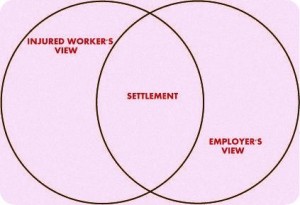The Regulation (Almost) Nobody Follows
“If a party requests that a defendant provide a computer printout of benefits paid, within twenty (20) days the defendant shall provide the requesting party with a current computer printout of benefits paid. The printout shall include the date and amount of each payment of temporary disability indemnity, permanent disability indemnity, and vocational rehabilitation maintenance allowance, and the period covered by each payment, and the date, payee, and amount of each payment for medical treatment. This request may not be made more frequently than once in a one-hundred-twenty (120) day period unless there is a change in indemnity payments.
A defendant that has paid benefits shall have a current computer printout of benefits paid available for inspection at every mandatory settlement conference.”
California Code of Regulations Title 8 §10607.
The benefits printout is the foundation of every workers compensation claim evaluation. Yet, workers compensation professionals often ignore the basic exercise of examining claim expenditures. Attorneys sometimes come to mediation with a rolling cart holding boxes of documents. Yet, when asked for the printout, they have to contact their office or the adjuster. Stranger still are the answers I sometimes get to the question, “How did you get to that number?” When I ask participants how they formulated their demand or offer, their answers may have no relation to actual claim exposure.
Showing up at a mediation or mandatory settlement conference without having scrutinized the printout numbers is inefficient, maybe even sloppy. Better practice is to obtain the printout in advance and create projections to support your claim evaluation.
Workers compensation professionals should review past medical expenses to project future expenses. Of course, parties may disagree about what expenses are reasonable and the likelihood and duration of future care. A medical recommendation for a new treatment (which may be disputed) can skew the numbers. For example, resolution of one mediated case hinged on a medical recommendation for a newly available prosthetic device.
The printout is also critical to resolving retro and overpayment disputes. When parties disagree about whether payments in a given time period should have been paid at the PD or TD rate, the printout is the best evidence of what was actually paid.
When both sides look at the printout together, they can often resolve their disagreements with a little help from the mediator.








